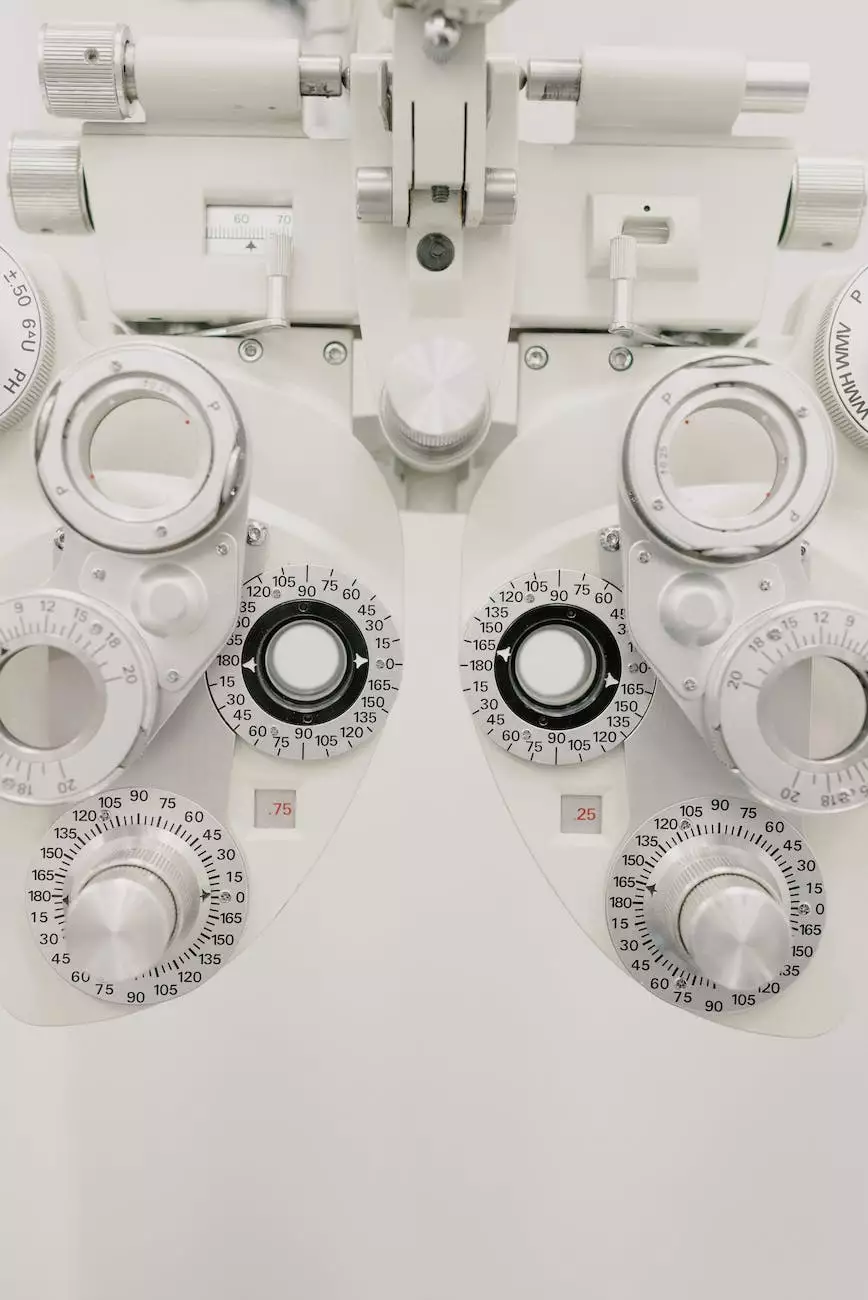What You Need to Know About Hyperopia?
Health
Understanding Hyperopia
Hyperopia, commonly known as farsightedness, is a refractive error that affects the eye's ability to focus on nearby objects. It occurs when the eyeball is shorter than normal or the cornea has a reduced curvature. This condition causes light rays to focus behind the retina, resulting in blurred vision for objects up close.
The Causes and Risk Factors
Hyperopia can be caused by various factors, including genetics, age, and certain medical conditions. If one or both parents have hyperopia, there is a higher likelihood of developing the condition. Additionally, as individuals age, the lens in the eye becomes less flexible, increasing the risk of hyperopia.
Other risk factors may include certain medical conditions such as diabetes and certain medications like antidepressants or antihistamines that can affect eye health and contribute to the development of hyperopia.
Recognizing the Symptoms
Hyperopia manifests in specific symptoms that are important to recognize for early intervention. Common symptoms include:
- Blurred vision when looking at objects up close
- Eyestrain and fatigue
- Headaches
- Squinting or straining the eyes to see clearly
It is crucial to address these symptoms promptly to avoid unnecessary discomfort and potential complications.
Treatment Options
MUIR DIABLO OCCUPATIONAL MEDICINE understands the importance of early diagnosis and personalized treatment plans for hyperopia management. Treatment options include:
- Eyeglasses: Prescription glasses with concave lenses to help focus light correctly onto the retina.
- Contact lenses: Specially designed contact lenses can provide clear vision for those who prefer not to wear glasses.
- Refractive surgery: LASIK or other refractive surgeries can reshape the cornea to improve vision and reduce dependence on visual aids.
It is crucial to consult an eye care professional to determine the most suitable treatment option based on individual needs and lifestyle.
Preventing Hyperopia
While hyperopia cannot be fully prevented, certain steps can be taken to minimize its impact:
- Regular eye examinations: Routine eye check-ups help detect and address changes in vision at an early stage.
- Good lighting: Adequate lighting conditions can reduce eye strain and promote better vision.
- Healthy lifestyle choices: A balanced diet and regular exercise contribute to overall eye health.
Conclusion
Understanding hyperopia is essential for maintaining optimal eye health. By recognizing the causes, symptoms, and available treatment options of this refractive error, individuals can take proactive steps towards clearer vision and a healthier life.









